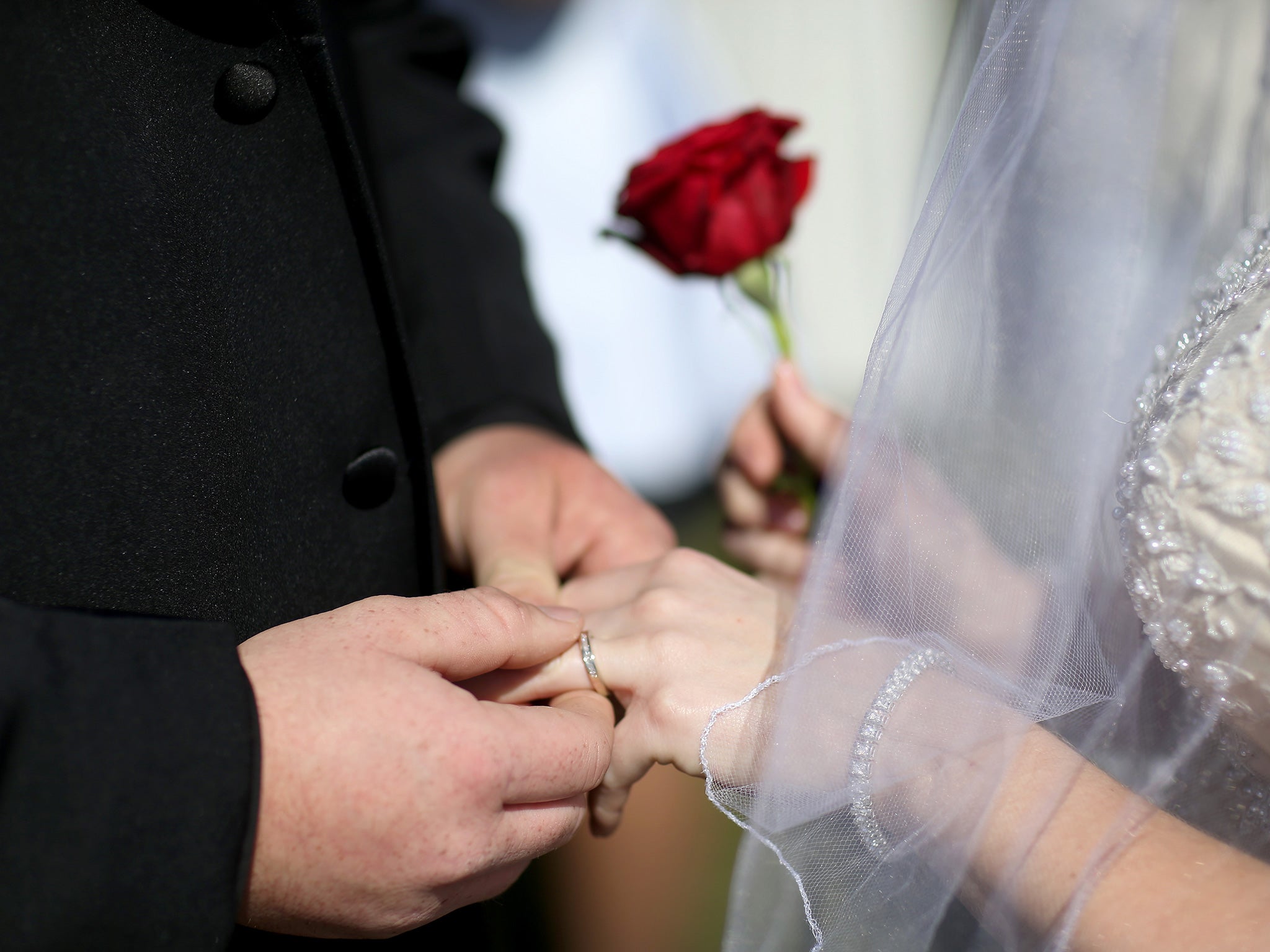The four relationship patterns that determine whether you'll stay together
Couples whose relationships fall into the partner-focused group are more likely to end in marriage

Four types of relationship pattern that indicate whether a couple is likely to stay together have been identified in a new study.
The research, conducted by Brian Ogolsky of the University of Illinois, classified couples by the changes in their commitment to get married and the reasons for these changes.
Whereas previous research has focused on individual aspects of relationships, the study looked at relationships as a whole - and in conjunction with social media.
Professor Ogolsky studied 376 unmarried couples in their mid-20s over the course of nine months.
He identified four different relationship types: dramatic, conflict-ridden, socially involved and partner-focused.
The dramatic group made up 34 per cent of the couples. These couples were more turbulent that others and spent less time together.
Representing 12 per cent of those studied was the conflict-ridden couples. The couples who were classified in this group were identified as having the most arguments, but the relationship was still sturdier than the dramatic couples.
The third group - which accounted for 19 per cent of couples - was the socially involved, described as those heavily influenced by interactions with social networks.
Partner-focused couples valued their partner above other aspects of life, but this could change depending on the amount of time spent together. These types of couples made up 30 per cent of the group.
They study also found that these "types also differed on important relational variables, including satisfaction, love, ambivalence, worries about marriage and leisure".
The couples' commitment to wed was tracked using graphs, where each person throughout the nine months plotted important dates that marked changes towards their feelings of marital commitment. These changes included arguments and personal differences.
The researchers used these graphs, along with monthly interviews, to analyse each couple’s likelihood of marriage.
The study found that, after the nine-month period, couples in the dramatic group, were most likely to break up.
Couples in the socially-involved group were said to be the most influenced by "interactions" on social networks, but their commitment to marriage varied the least.
Those in the partner-focused group showed high levels of positive interaction and were deemed to have the highest chance of staying together and getting married.
Overall, the researchers found that regular drops in levels of commitment - as seen in the conflict-ridden groups - can lessen the relationship’s likelihood to end in marriage.
Join our commenting forum
Join thought-provoking conversations, follow other Independent readers and see their replies
Comments